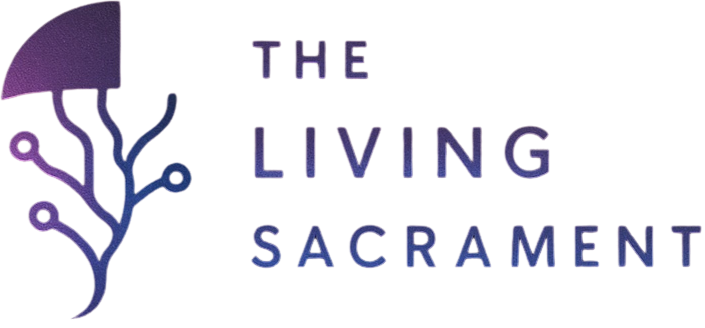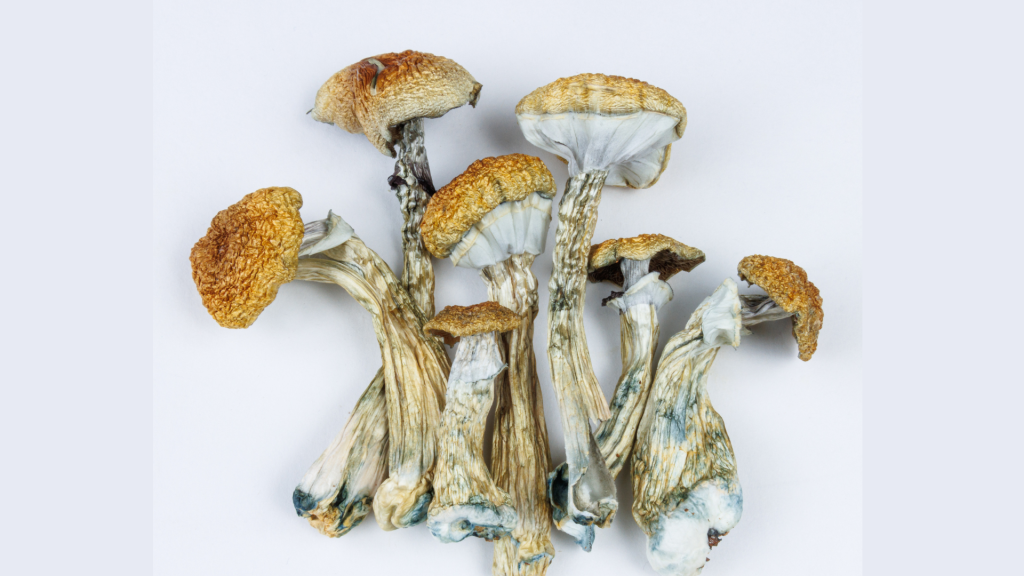Shrooms, also known as magic mushrooms or psilocybin mushrooms, are naturally occurring fungi that contain the psychoactive compounds psilocybin and psilocin. These compounds can change perception, mood, and thought, often causing visual changes, altered emotions, and shifts in awareness.
When people take shrooms, effects usually begin within 30 to 60 minutes and commonly last 4 to 6 hours, though this can vary depending on dose and individual sensitivity. Shrooms are most often consumed fresh or dried, sometimes brewed into tea or mixed with food.
People use shrooms for different reasons. Some seek their mind-altering effects, while others are interested in their potential psychological or personal insights. This article explains what shrooms are, how they work, and why people choose to use them, using clear language and straightforward explanations.
Shrooms at a Glance
-
Also known as: Magic mushrooms, psilocybin mushrooms
-
Active compounds: Psilocybin, psilocin
-
Type: Naturally occurring psychedelic fungi
-
Common forms: Fresh, dried, tea, mixed with food
-
Onset time: About 30 to 60 minutes
-
Typical duration: Around 4 to 6 hours
-
Main effects: Altered perception, mood changes, visual effects
What Are Shrooms?
Shrooms are psychedelic mushrooms that naturally contain the compounds psilocybin and psilocin. These substances affect how the brain processes information, leading to changes in perception, mood, and thought. Shrooms are not synthetic drugs. They grow naturally in the wild and belong to several mushroom species, most commonly from the Psilocybe genus.
When consumed, psilocybin is converted in the body into psilocin, which interacts with serotonin receptors in the brain. This interaction is what causes the altered sensory experiences and mental effects commonly associated with shrooms. While the experience varies from person to person, shrooms are best known for producing visual changes, shifts in emotional state, and altered patterns of thinking.
Shrooms have been used for centuries in cultural and spiritual practices, and today they are often discussed in the context of mental health research, personal exploration, and consciousness studies. Despite their long history, they remain widely misunderstood, which is why clear explanations matter.
What They Look Like
Shrooms vary in size, color, and shape depending on the species. Psilocybe cubensis mushrooms usually have golden brown caps that flatten as they grow, and thick stems that bruise blue when handled. Liberty caps are small, with pointed caps. Psilocybe azurescens mushrooms are larger and can be more potent by weight.
The blue bruising is a common sign of psilocybin presence, caused by the oxidation of psilocin when the mushroom is damaged. However, identification can be tricky. Many poisonous mushrooms look similar, which is why accurate knowledge is important.
Traditional and Modern Use
Shrooms have a long history of human use. Indigenous cultures in Central and South America used them in ceremonies for spiritual and healing purposes. They were seen as sacred tools for connecting with the divine and exploring the mind.
In the mid-20th century, scientists began studying psilocybin more closely. Early research suggested benefits for mental health, but strict drug laws paused most studies for decades. In recent years, research has restarted and expanded, showing promising results for depression, anxiety, and addiction.
What Shrooms Do
The effects of shrooms usually begin within 30 to 60 minutes after ingestion and last four to six hours. People describe a range of experiences, including:
- Changes in how colors and sounds appear
- Enhanced appreciation of music and art
- A sense of connection with nature and people
- Emotional release and personal insight
- Visual patterns or imagery with eyes closed (hallucinations)
The intensity depends on the dose, the species, and the user’s mindset and environment. Some experiences are light and reflective, while others can be deep and transformative.
Why They Matter
Shrooms are gaining attention today not just for their cultural role but also for their therapeutic potential. Clinical studies suggest psilocybin can reduce depression and anxiety, even in people who have not responded to standard treatments. Other studies point to possible benefits for addiction and obsessive thinking.
Beyond medical research, many people value shrooms for personal growth. They describe new perspectives, improved mood, and more openness after their experiences (read about the effects here). These long-lasting shifts may come from psilocybin’s ability to promote neuroplasticity, the brain’s capacity to form new connections.
The Clear Answer
So, what are shrooms? They are mushrooms that naturally produce psilocybin, a compound that changes perception and mood. They have been used for centuries in rituals and are now studied for mental health benefits. While they can look like ordinary mushrooms, their chemistry and effects make them unique.
Final Thoughts
Shrooms are more than just fungi. They are part of human history, science, and culture. From ancient ceremonies to modern clinics, they continue to shape how people think about healing and consciousness. Understanding what shrooms are helps explain why they hold such fascination and promise today.
Sources
- Reynolds HT, et al. Diversity, Ecology, and Conservation of Psilocybin-Containing Fungi. Fungal Ecology. 2022. https://www.sciencedirect.com/science/article/pii/S1878614622000095
- Sherwood AM, et al. Chemical Composition and Biological Activities of Psilocybe Mushrooms. Pharmaceuticals. 2023.
- Vollenweider FX, et al. Neurobiology of Psilocybin. Frontiers in Systems Neuroscience. 2025.

